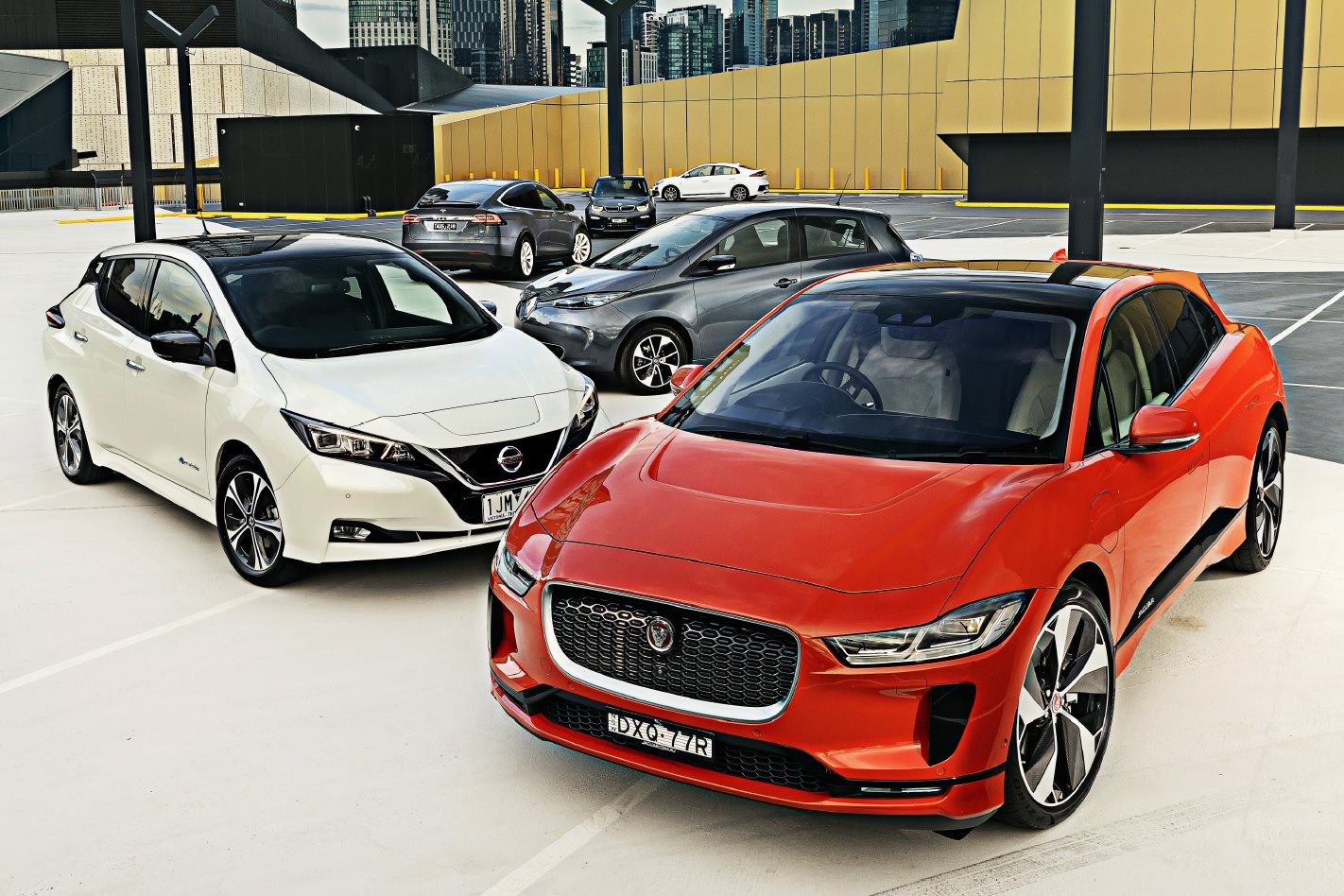IF THIS is the future you can keep it. I’m watching punters pull up to the bowser at the Shell servo in Euroa, fill up and nip off. Meanwhile, I’m faced with a bank of out of commission chargers and a Jaguar I-Pace, a BMW i3, a Nissan Leaf and a Renault Zoe that need charging. Only one of the four DC chargers works. The high-capacity ABB chargers’ software won’t talk to the battery array. The Zoe can’t charge here at all because it needs AC power, not DC. Having just hypermiled up the Hume at 80km/h with no air con, both tolerance and deodorant have worn pretty thin. Using a borrowed charger and an uprated 15-amp power supply, we learn that the Zoe will take 17 hours to charge sufficiently to cover the distance back to Melbourne.
The Tesla Model X has already charged to 100 percent at the Supercharger in Euroa, making the travails of the other EVs look like the most unnecessary drama. To compound the issue, only two of the six plug-in hybrids were delivered with charge in their batteries and the Hyundai Nexo hydrogen fuel-cell car could only be fuelled to half pressure. Any potential owner taking these vehicles out of their cosy commuting milieu and out into the wild would find their patience taxed, and the first time they find themselves stranded at a dud charger could also be their last. This nation of vast distances, relatively cheap fuel, exorbitant electricity charges and little political will to change isn’t anywhere close to the forefront of the EV revolution.
As such, it’s difficult to recommend an EV right now as a genuine alternative to internal combustion. The fact remains that the people they suit best – namely those doing low-mileage urban/suburban commutes – are often low-involvement purchasers who won’t see the benefit in spending a good deal more on an electric vehicle. That’s compounded by the fact that many in urban high-density housing have no means to charge their vehicles at their place of residence.
The significant take-away from this test is that owning one requires you to modify your behaviour quite markedly to accommodate the car’s shortcomings. That will change fairly quickly, and the Tesla network is workable, but it was the opinion of most testers that were they spending their own money right now, they’d stick with the added utility of a plug-in hybrid. Compromise, it seems, isn’t always a dirty word.





